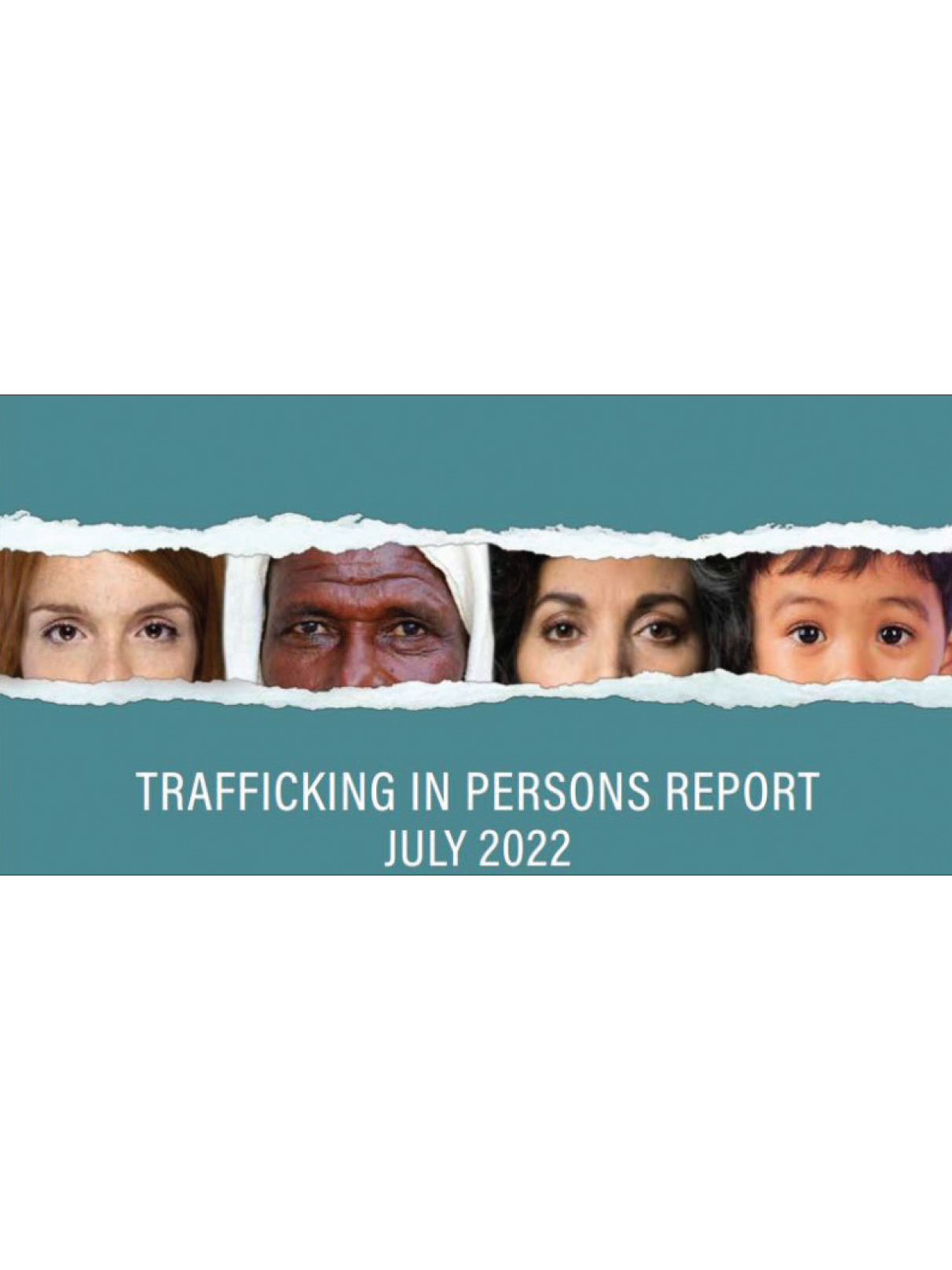YEREVAN — For the second year in a row Armenia is in the Tier 2 of the U.S. State Department’s report on Trafficking in Persons (TIP), released on July 19.
The U.S. Embassy in Armenia said this indicates an overall expansion of the authorities’ efforts to eliminate human trafficking compared to previous reporting periods.
The report notes that the Armenian government does not fully comply with minimum standards for eradicating human trafficking, but has made significant efforts to do so.
The report says that these efforts include prosecuting more traffickers and identifying more victims. Courts have convicted a trafficker for the first time since 2014. The government approved screening indicators for use by social workers, has also amended procedures to standardize data collection and information sharing, and provided comprehensive training to relevant personnel.
However, the government failed to meet minimum standards in several key areas, according to the report.
It says police continued to repeatedly question victims for long hours, though reportedly within the law. Emergency services did not always screen vulnerable populations for signs of human trafficking, while police in some remote areas lacked information and training to inform victims of their rights, and victims continued to face limited access to justice, including a lack of victim-centered procedures and formal witness protection measures.
The report says that traffickers have exploited local and foreign victims in Armenia, as well as victims from Armenia abroad over the past five years. Traffickers use some Armenian migrants seeking work in Russia, the United Arab Emirates (UAE) and Turkey for forced labor, often through recruitment fraud and exorbitant recruitment fees charged by employment brokers.
Armenian women can also be used for sexual exploitation in the UAE and Turkey. Armenian women can be exploited for sexual exploitation, human trafficking, and forced begging within the country.
Some children work in agriculture, construction, and service industries within the country, where they are vulnerable to trafficking.
Ukrainian, Belarusian, and Russian women working as dancers in Armenian nightclubs are vulnerable to sexual exploitation. Traffickers can target Iranian and Indian migrants who volunteer to work in the informal sector for exploitation as forced labor.
Men in rural areas with low levels of education and children in state-run child care facilities remain highly vulnerable to trafficking.
Policy recommendations include increased identification efforts, including implementation of standard operating procedures for screening victims of trafficking and training of officers on how to screen for human trafficking, commercial sex workers, migrants, refugees, and other at-risk groups; empowering labor inspectors with the legal authority to conduct regular checks, including at illegal employers, and to identify victims through unannounced visits; establishing and implementing measures to prevent child labor and potential trafficking of children in public child care institutions; increased access to justice during court proceedings, such as developing victim-centered policies to reduce re-traumatization, enhance confidentiality, and provide protection for victims and witnesses; increasing resources for victim reintegration services; establishing formal procedures for repatriating victims of trafficking from abroad.
The U.S. State Department places each country in this report onto one of four tiers, as mandated by the TVPA (Trafficking Victims Protection Act). This placement is based not on the size of a country’s problem but on the extent of government efforts to meet the TVPA’s minimum standards for the elimination of human trafficking
Tier 1 is the highest ranking indicating that a government has made efforts to address the problem that meet the TVPA’s minimum standards

